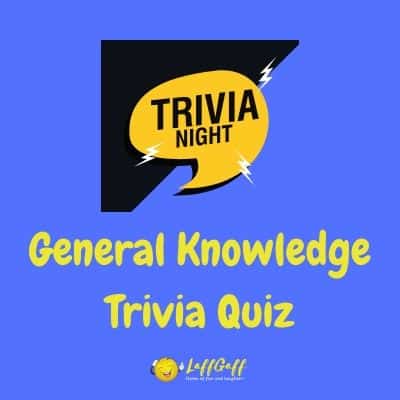Question: How many stars are there on the flag of the European Union?
Show answer
12.
The flag of the European Union (EU) is easily recognizable by its deep blue field and a circle of twelve golden stars. These stars have become a symbol of unity, solidarity, and harmony among the peoples of Europe.
It’s essential to clarify that the number of stars on the EU flag does not correspond to the number of member countries in the union. While the European Union has seen several expansions and currently has 27 member countries, the number of stars on the flag has always remained twelve. The choice of twelve is symbolic and was not intended to represent the number of member countries. In many cultures and traditions, the number twelve holds significance. There are twelve months in a year, twelve zodiac signs, twelve labors of Hercules, twelve apostles of Jesus, and twelve hours on a clock face, to name a few examples. In the context of the EU flag, the twelve stars symbolize completeness and perfection.
The flag was originally adopted by the Council of Europe in 1955, and the EU, which was established later, decided to use the same flag. Both organizations now use this flag as a representation of the whole of Europe, rather than any specific institution or group of nations within the continent.
Over the years, the circle of stars has become an emblem of the European project, a representation of the European dream of peace, unity, and shared values. The flag can be seen flying outside EU institutions, on various official documents, and during European-related events, celebrating the collective identity and aspirations of the member nations.



